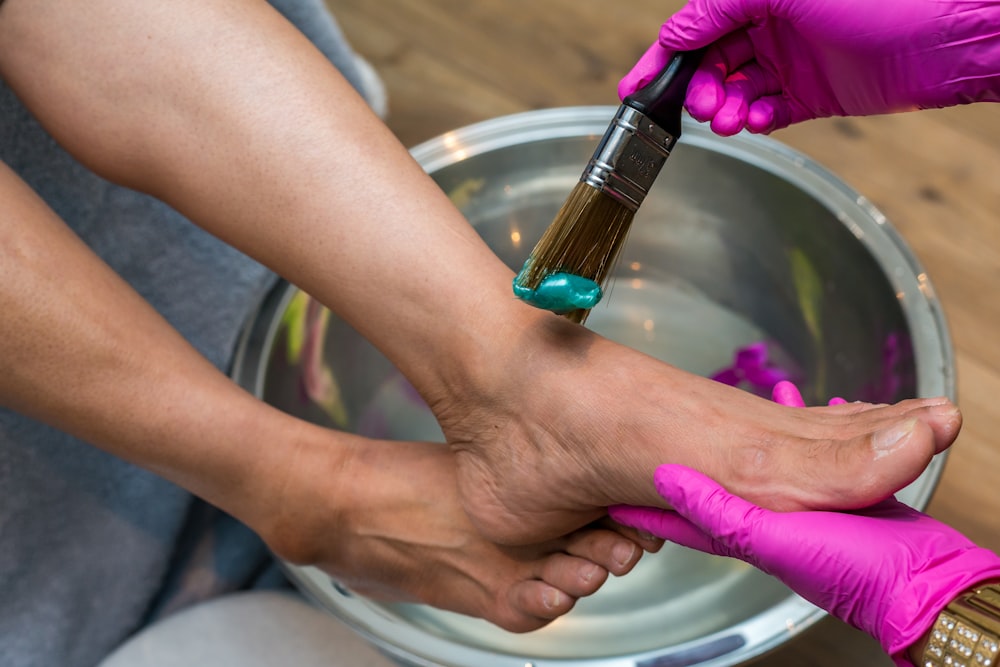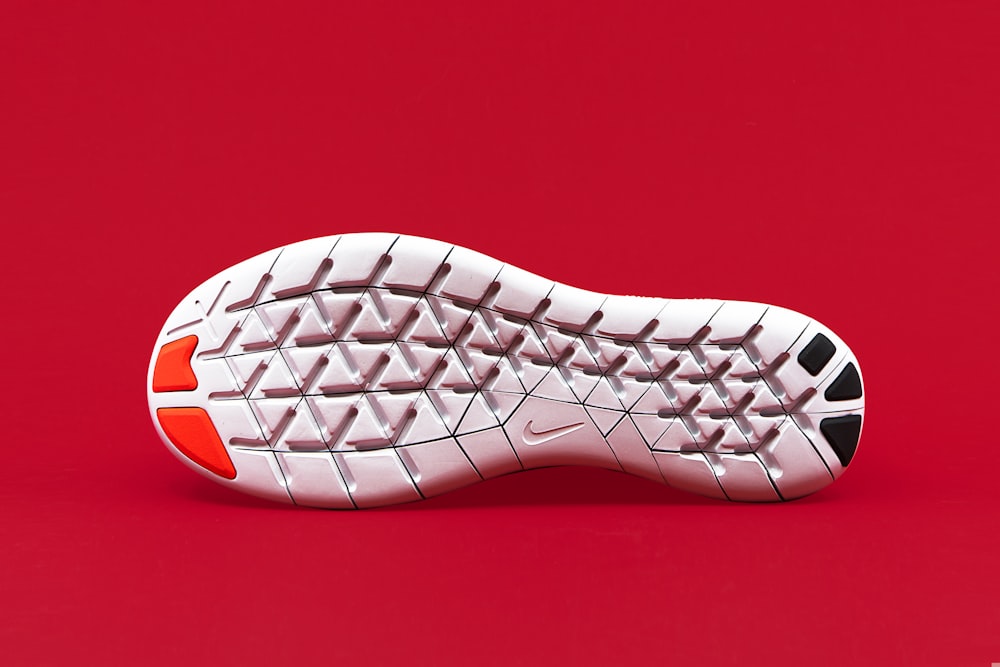
Chances are, you want to be active this summer, so if you have chronic foot pain you’re likely getting quite frustrated. We want to be able to walk, run, hike, and be active without experiencing foot pain. Nobody wants to be held back by pain when they’re trying to be active.
There are many potential causes of foot pain. Plantar fasciitis, arthritis, inflamed extensor tendons, or simply overuse are some potential causes. Some people even get foot pain from irregular foot shape that puts extra pressure on the balls of their feet.
Plantar Fasciitis occurs when the plantar fascia (the connective tissue along the bottom of your foot) gets tight and inflamed. For some people with plantar fasciitis, every step they take feels like a sore bruise is being pressed on, and they may even check their feet for bruises, only to discover there are none.
You’re at higher risk of plantar fasciitis pain if you have tight calf muscles or tight Achilles tendons, you’re overweight, you have flat feet or high arches, you stand on hard surfaces for long periods of time, or you wear improperly fitted shoes without proper arch support.
1. Freeze Water Bottles and Use Them to Roll Your Feet
Similar to how a foam roller helps people find relief from tight or sore muscles, a frozen water bottle can act as a mini foam roller for your feet.
By combining ice therapy with self-myofascial release massage, you may find relief from foot pain. All you have to do is reuse a plastic water bottle. Fill it with water and leave it in the fridge overnight. Leave a bit of room to allow for expansion as the water freezes.
Rolling your feet on a frozen water bottle for a few minutes each day will help loosen the tight band of fascia that runs along the bottom of your foot.
In addition to rolling your feet on a frozen water bottle, you can also reduce inflammation in your feet by applying ice to painful areas for 15 minutes, three to four times per day.

2. Reflexology Foot Massage
If you have tight plantar fascia, inflamed extensor tendons, or pain in your feet from overuse, a reflexology foot massage might help relieve some of your foot pain.
Reflexology uses pressure point techniques to release tightness and tension in the feet, and can relieve heel pain caused by plantar fasciitis.
3. Stretching to Relieve Foot Pain
It’s ironic that stretching is the instruction provided by athletic therapists that is most often ignored, because it can help foot pain tremendously.
There are many videos available on YouTube that will help you stretch your plantar fascia, stretch your feet, and stretch your calves which also can help combat foot pain.
Many people forget to stretch, they don’t like stretching, or they don’t understand how beneficial stretching is to get your feet back in great shape. Set reminders on your phone to help you remember to stretch every day. Look up foot stretches and plantar fascia stretches on YouTube. Some of the stretches are complex, while others are very simple yet effective stretches, such as holding onto a railing and letting your heels hang off the edge of a step, which stretches the feet.

4. Start Wearing Arch Support Insoles
Properly fitted footwear with arch support insoles could completely change your experience with foot pain. Not only should you replace ill-fitting or worn-out, old running shoes – you should also get some insoles with good arch support. Foot pain is often attributed to poor arch support. For very affordable prices, you can purchase arch support padding via Amazon. By slipping an arch support sleeve over your feet with padded inserts, your weight will be more evenly distributed while you walk, which relieves pain.
This way, you can go for a long walk or a beautiful summer hike and not experience as much foot pain during or after the hike.
5. Wear a Night Splint
You can also use a night splint to hold the plantar fascia and Achilles tendon in a tension-relieving lengthened and slightly stretched position while you sleep. Your doctor may recommend a night splint.
If the fascia is slightly stretched during sleep with a night splint, you might experience less foot pain the next day.
Foot Pain: The Bottom Line
You should seek medical attention from a doctor if you’re still experiencing severe pain in your feet despite trying the above remedies. You should also see a doctor if you have extremely swollen feet, pain so severe that you cannot walk, numbness in the feet, wounds on your feet, you have flu-like symptoms in combination with foot pain, or you suspect you might have a broken bone in your feet.
There are many genetic conditions that can cause foot pain, including arthritis and tight Achilles tendons. CircleDNA provides an at-home DNA test that gives you hundreds of reports about your health, based on your DNA. You’ll learn your genetic likelihood of Achilles injury, your genetic risk factor for arthritis, and more.







Comments are closed.